I am in the process of selecting a microcontroller to interface (~30 signal lines) to an FPGA that operates at 1.8V voltage levels.
I have found NXP's Cortex M0's to operate down to 1.8V which is great, but the bulk of Cortex M3 chips out there have a minimum operating voltage of 2V.
Should I restrict myself to the M0's? Or should I just use level translators? Are there Cortex M3 implementations that have an I/O voltage of 1.8v?
Note that I do have other voltage levels available on the board, but i just need the micro's I/O voltage to be compatible with 1.8V logic.
